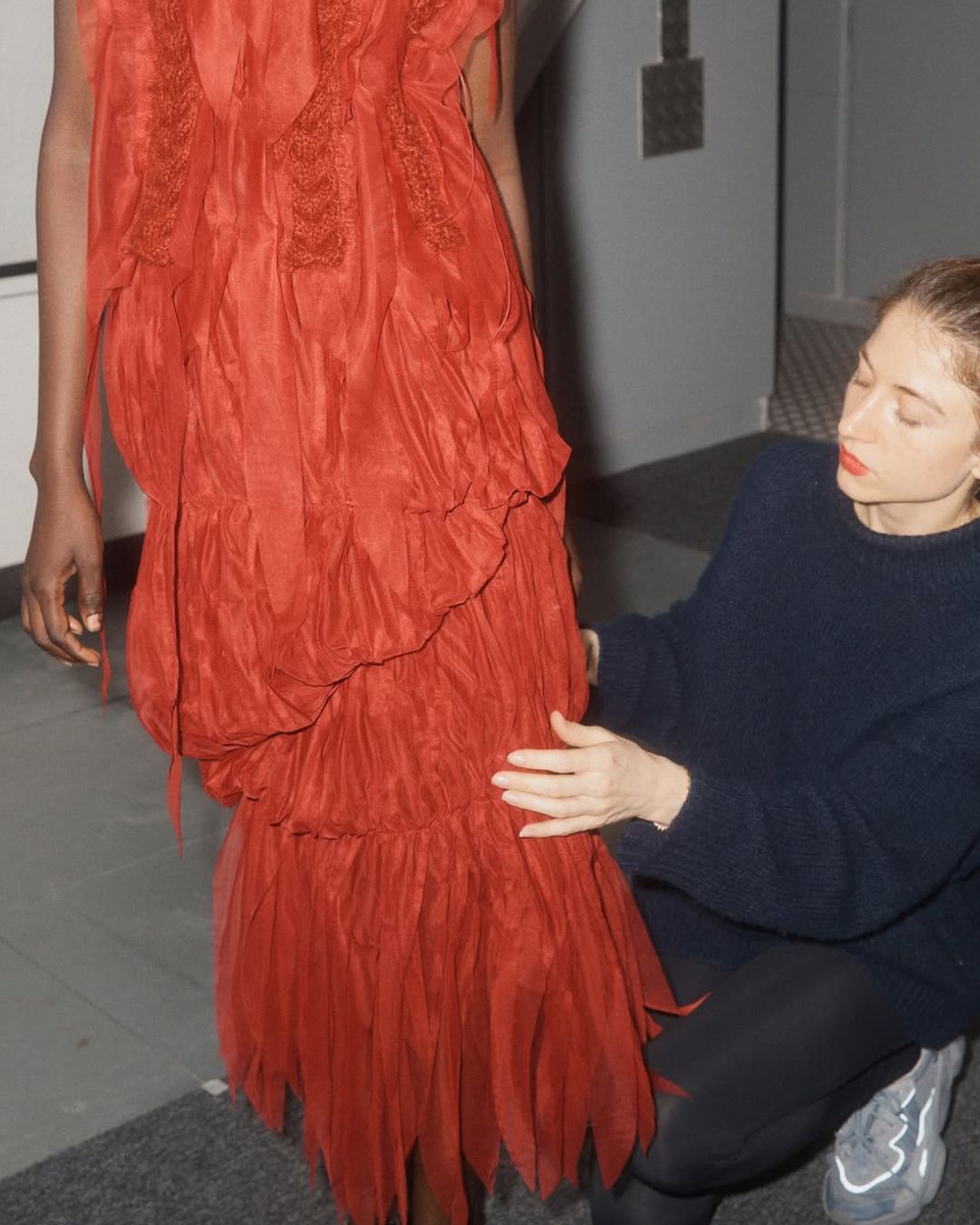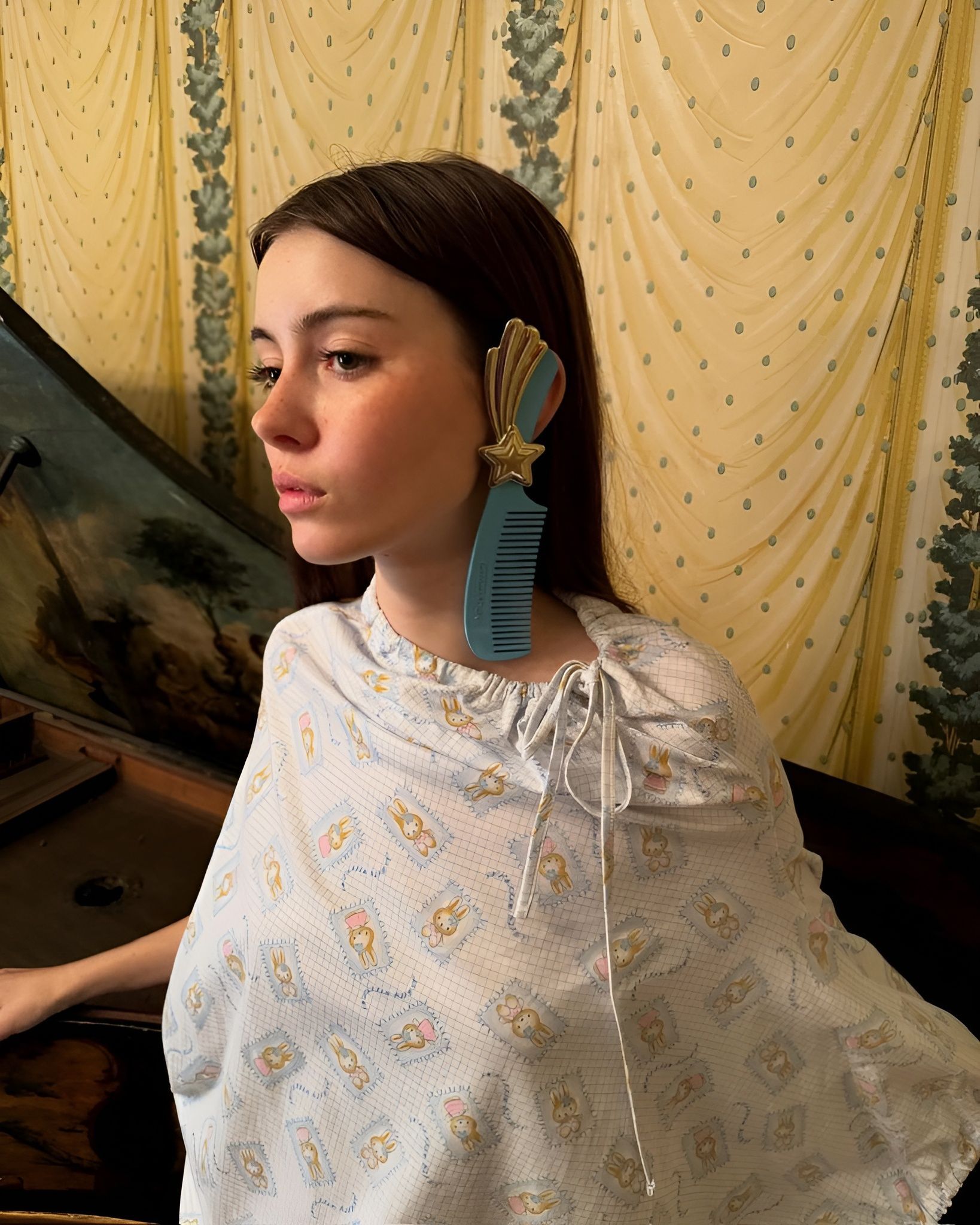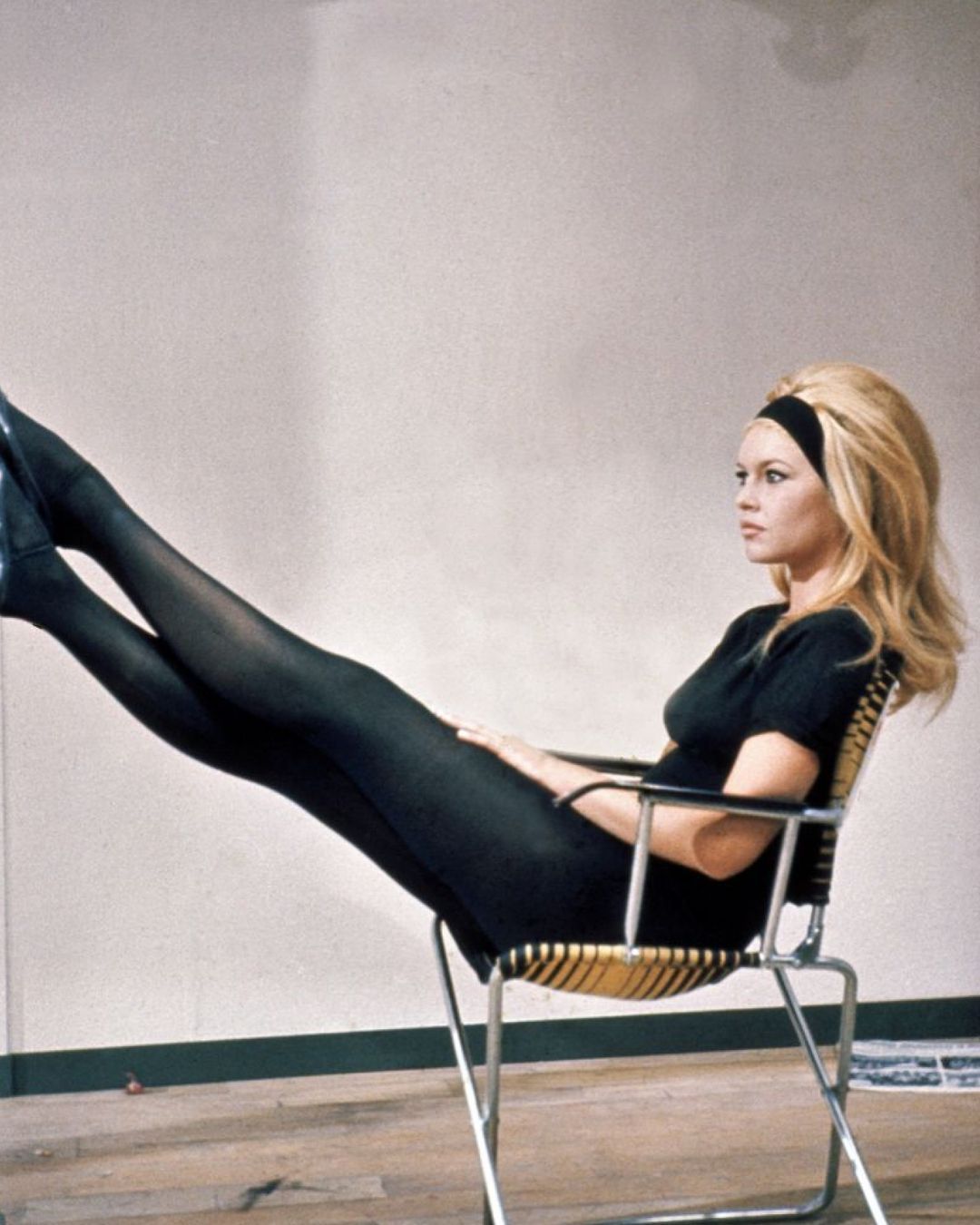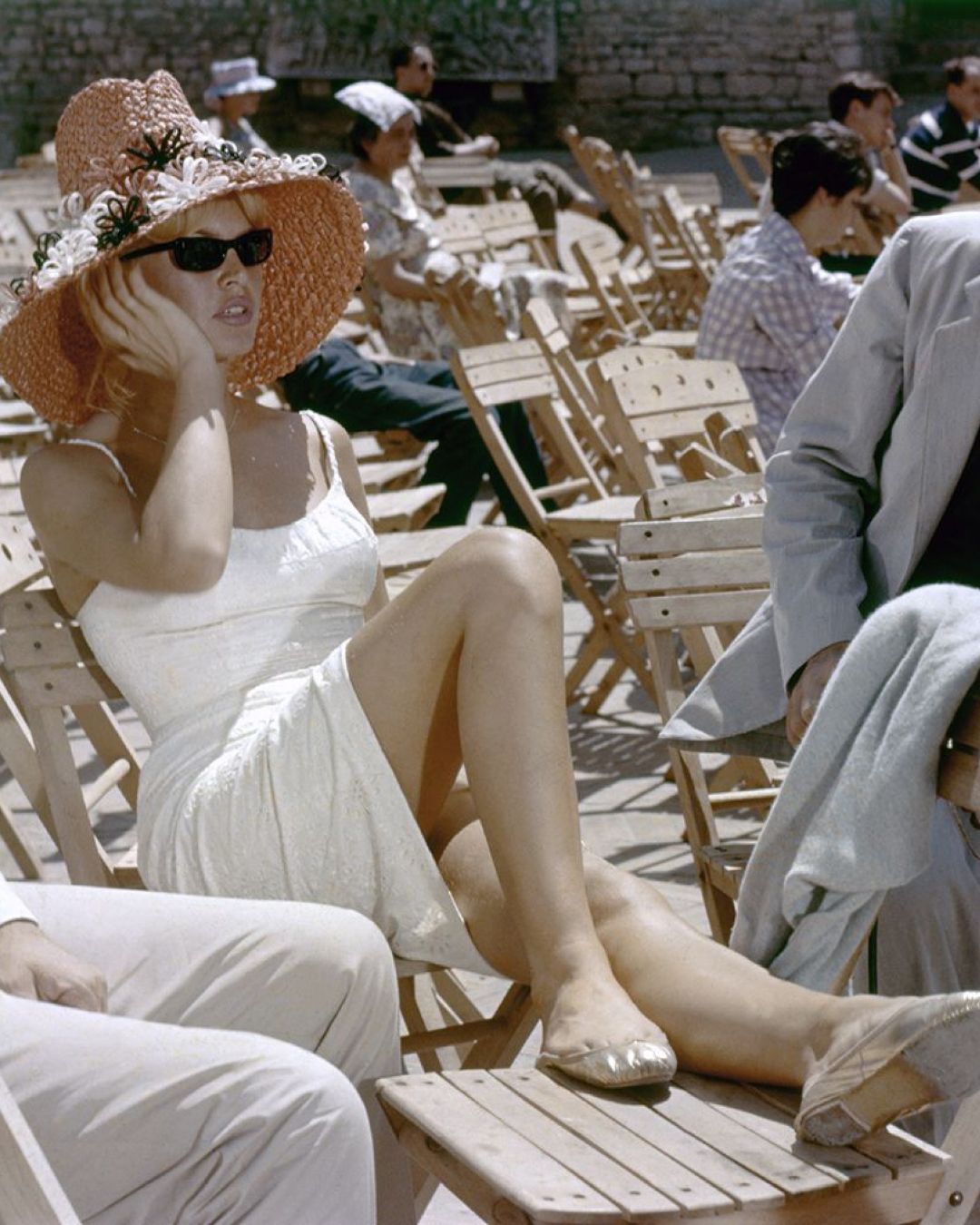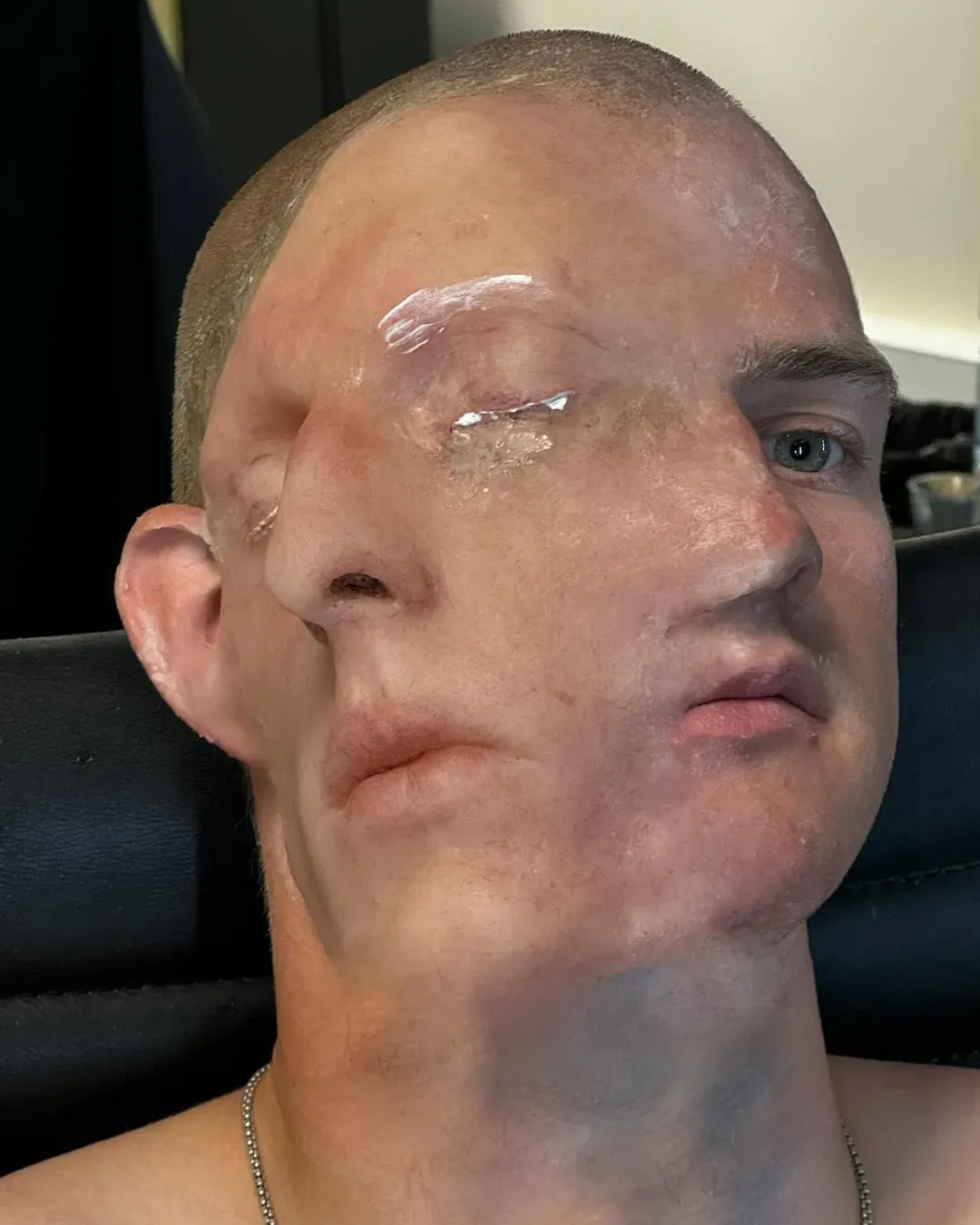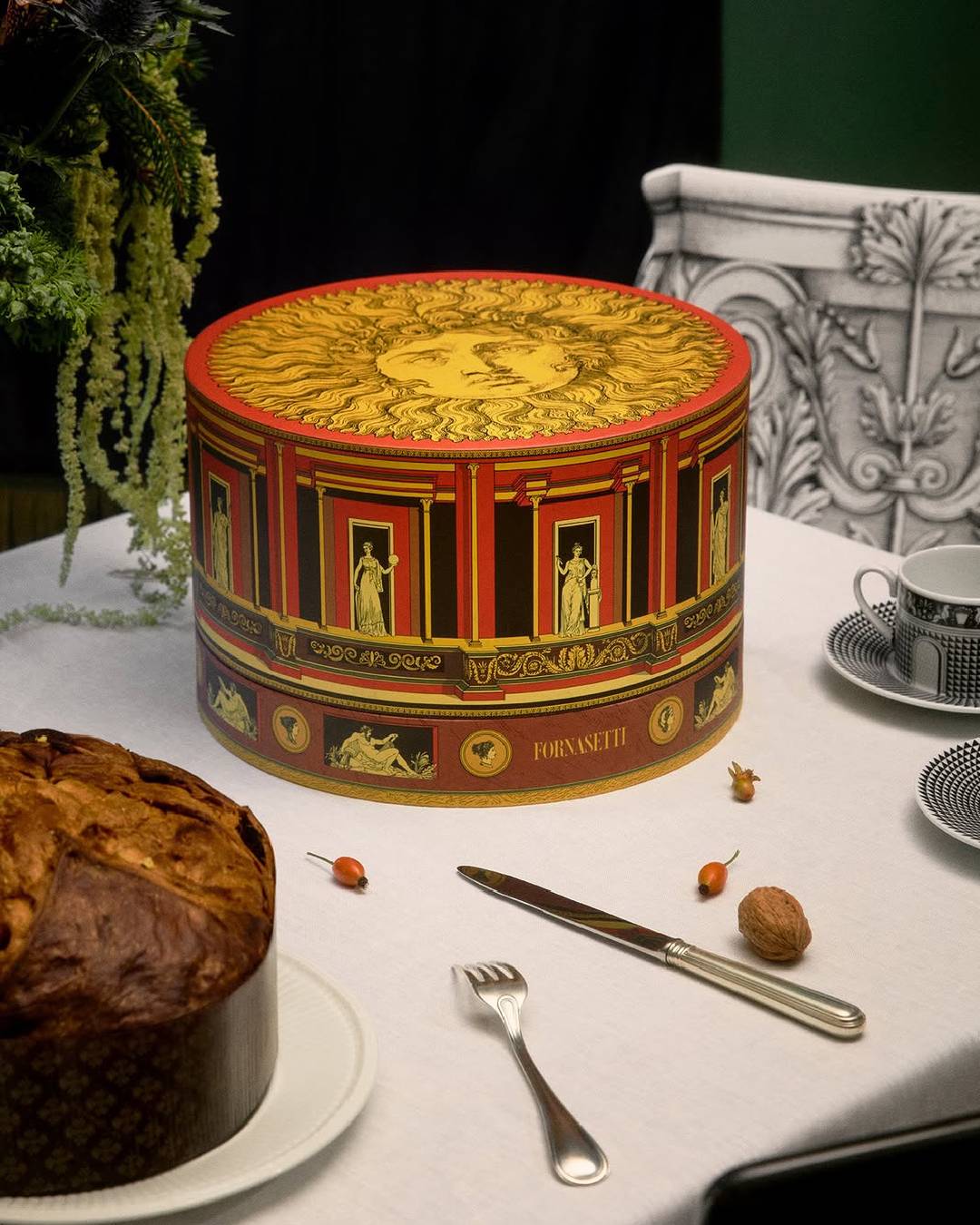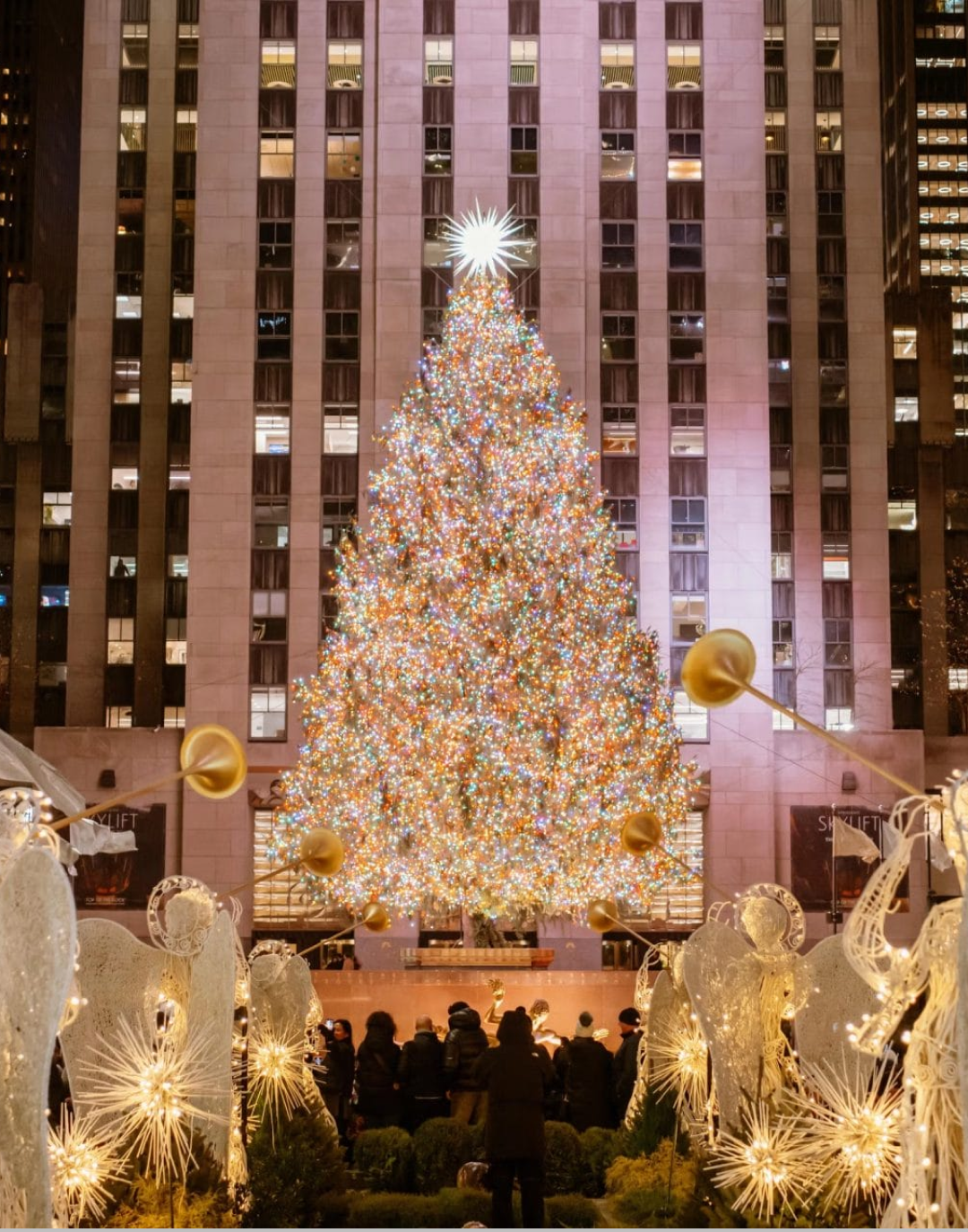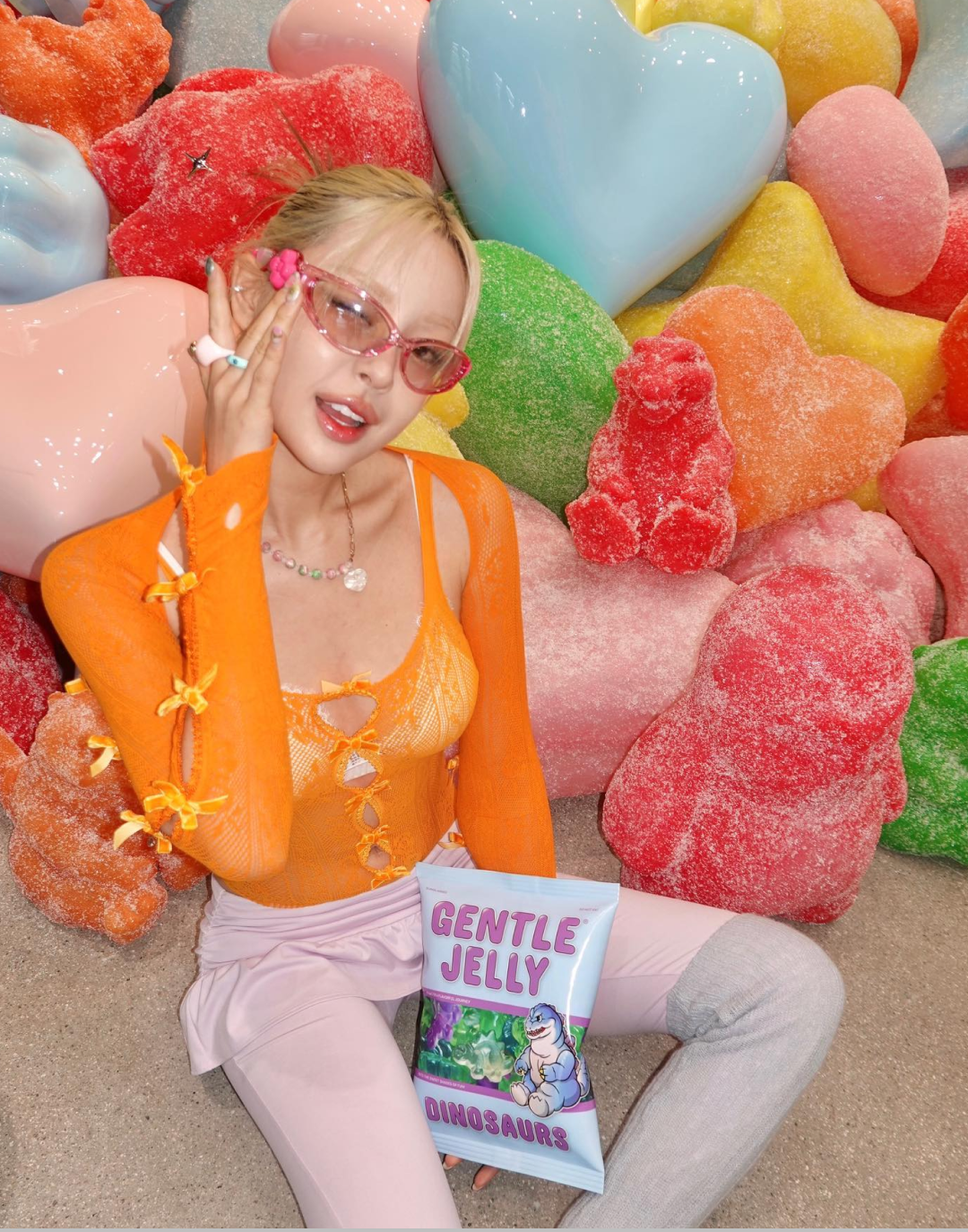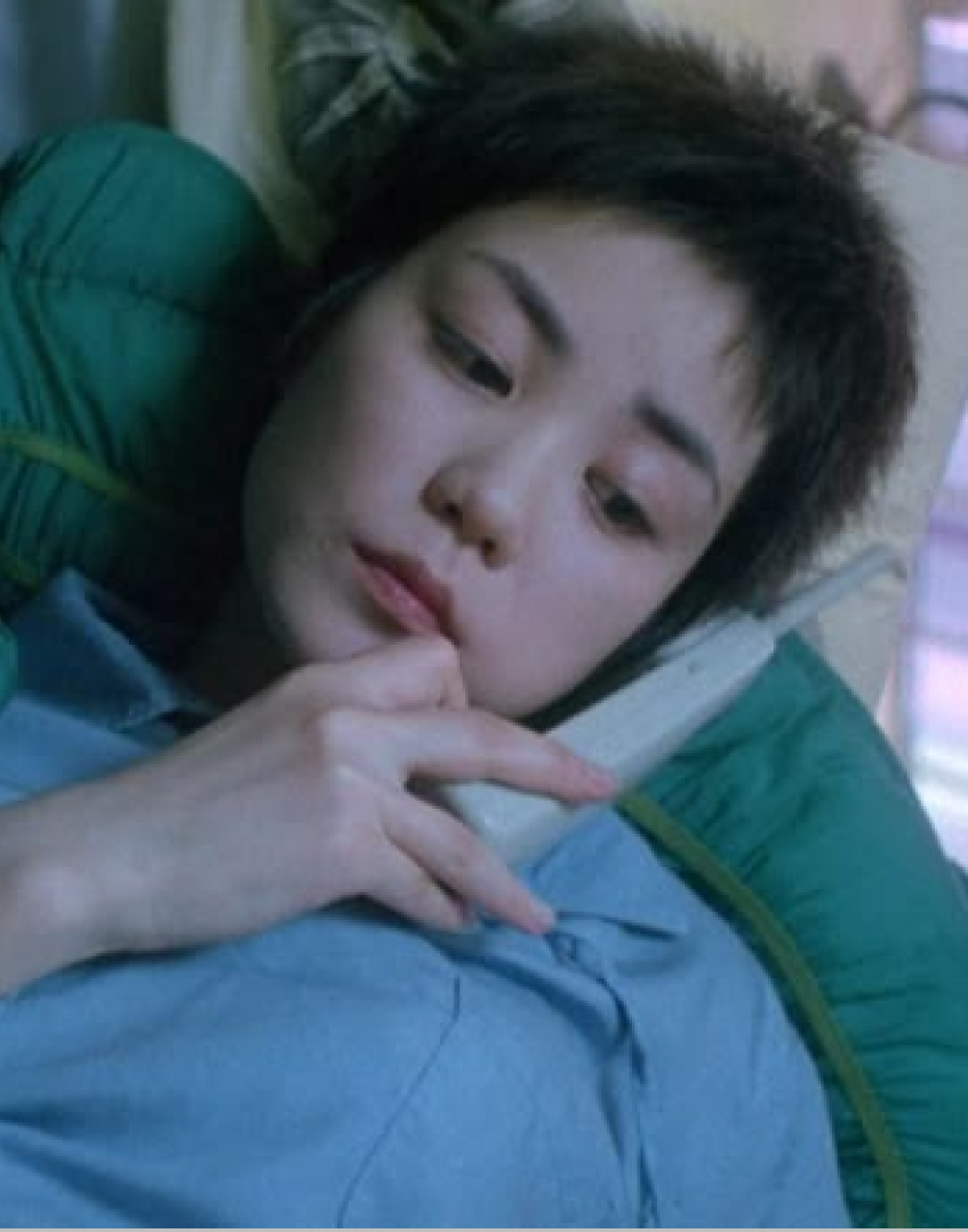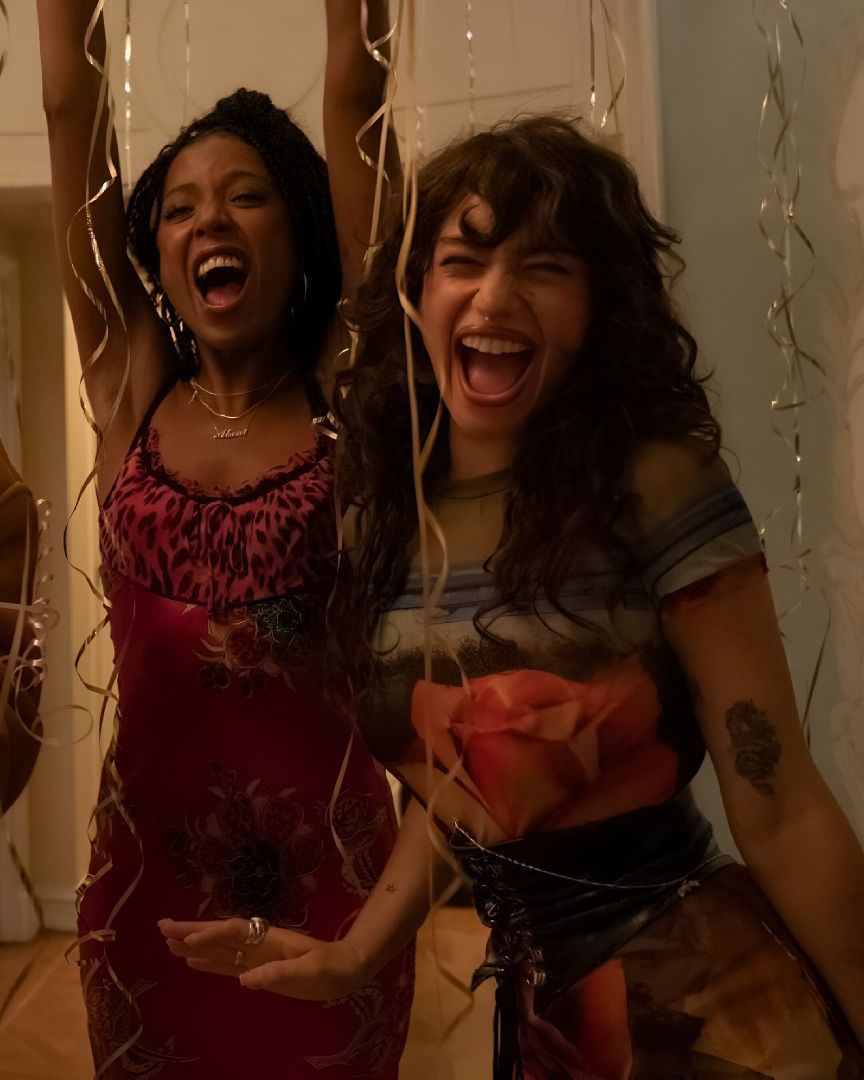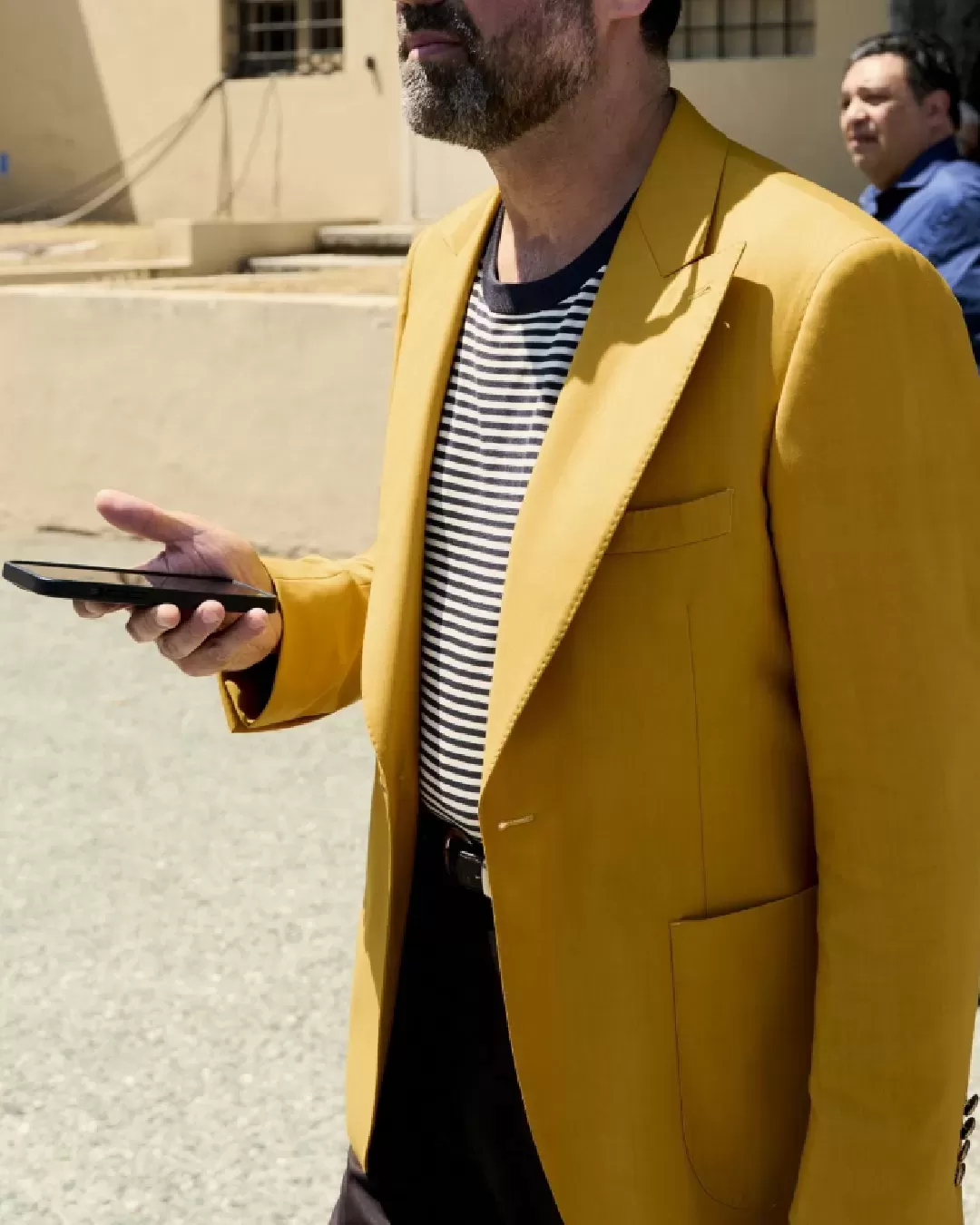
What creatives consume besides the algorithm Five spaces to leave social media for
Getting lost today means surrendering to uncharted paths, built slowly according to highly personal principles. More and more often, we come across the original reference of a project online, stumbled upon by chance while engaging in compulsive scrolling. The inspirational pages of Instagram, nostalgic accounts that collect double-page spreads of old works by photographers, designers, and architects, force us to look through someone else’s eyes. The campaigns and images produced in recent years seem all the same, victims of art directors doing “research” on social media. This happens because we’ve lost the will to get lost, the obsession to find a detail others missed in libraries, online archives, and physical or digital spaces. Today, we’re used to thinking that inspiration is born between a reel and a carousel, but when it comes to doing research, starting from the algorithm’s suggestions might not be the best move. In fact, it could be the very reason we all end up thinking, creating, and consuming the same things. But what if there was a way to explore the web with a more analog approach? There are platforms, archives, and databases that operate outside the logic of infinite feeds and can be essential for feeding your imagination.
Here are five spaces beyond social media to draw inspiration from. Because yes, it’s still possible to do research with method, curiosity, and freedom.
Instructions for use: before diving into the suggestions, it's important to note that doing research doesn’t always mean following a single track, but rather marking different dots on a huge map to be connected later. Also, the more you work with the desire to find connections, the more you realize they already exist. The creative sphere, whether high or low, is always interconnected: it's no surprise if a search starting from a 19th-century calligrapher reveals similarities with contemporary photographers.
E-Flux
E-flux is an editorial and curatorial platform founded in 1999 that hosts critical texts, art projects, and digital exhibitions, quickly becoming a reference point for contemporary art. Connecting theorists, artists, and institutions, it promotes accessible yet sophisticated thought, offering free, high-quality content.
Online Museum Archives
Museum databases and archives are essential spaces that are often overlooked, yet with highly refined search filters, they can completely change the approach to a project. One example: the MoMA archive in New York, where you can search for artworks, films, and most notably, events and exhibitions. In many cases, you can even download the original catalog, immersing yourself not only in the collected works but also in the design and editorial dynamics from the museum’s founding to today.
Internet Archive
There exists a wonderful grey area of the web that gives access to a surprising number of full books – 70 years after publication, many works lose copyright and become public and free. Archive.org, active since 1996, gathers these materials by combining private and institutional archives, with the stated goal of offering universal access to knowledge.
Gallica
Founded in 1997 by the Bibliothèque nationale de France, Gallica is one of Europe’s largest digital libraries, created to make French cultural heritage accessible to the global public. It’s the perfect place for anyone seeking free, high-quality archival material: rare books, early 20th-century fashion magazines, photographs, posters, catalogs, sheet music, and more. The interface is simple, most content is downloadable, and everything can be accessed online without login. If you enjoy getting lost among scans of vintage Parisian ateliers or forgotten editorial collections, Gallica is a digital wormhole worth diving into.
Libraries and Institutions
The main reason for writing this article is to emphasize the importance of public libraries, whether physical or online. If Vienna’s MAK opens Helmut Lang’s archive to students worldwide, it's also known that in Italy – especially in Milan – access to such spaces is not as immediate: you need to book, email, wait, and the chance to truly get lost disappears. But it’s precisely in the ordinary, in what passes before our eyes daily, that value lies. Provincial libraries, university libraries – even if not art schools – remain the ultimate places to find inspiration. Just open the online catalog, start with a keyword, an artist or magazine, and let yourself be guided by the silence. And if you need help, just ask: librarians will be happy to talk to someone. Even small local libraries hide treasures worth more than a whole day of scrolling.


